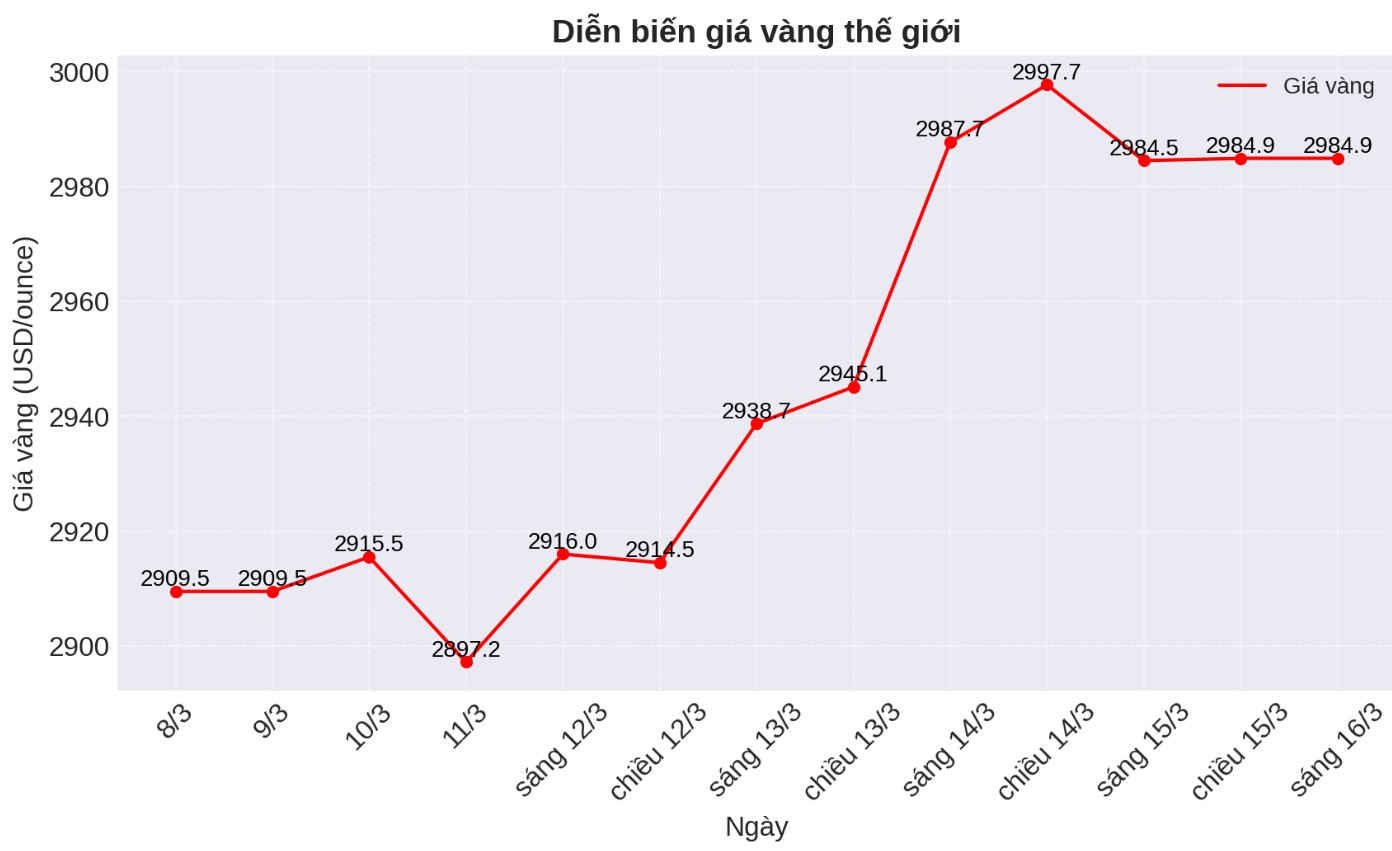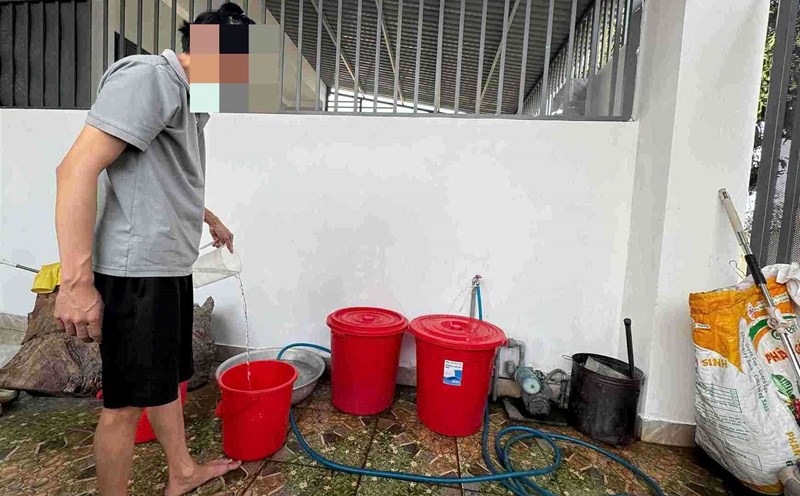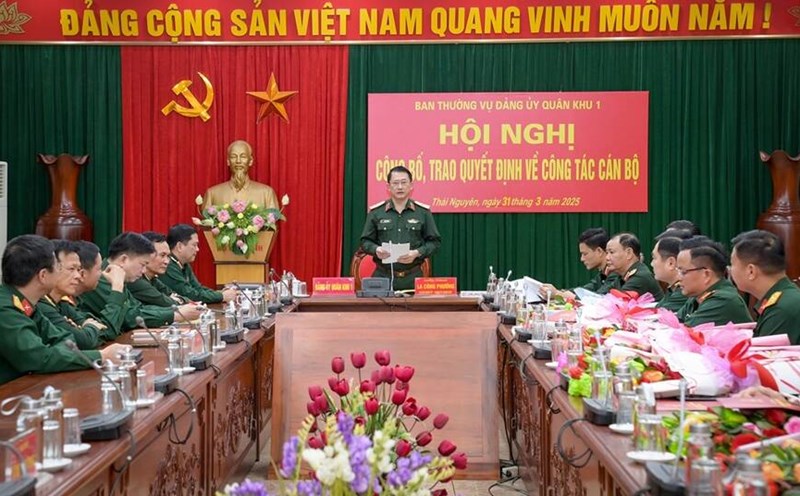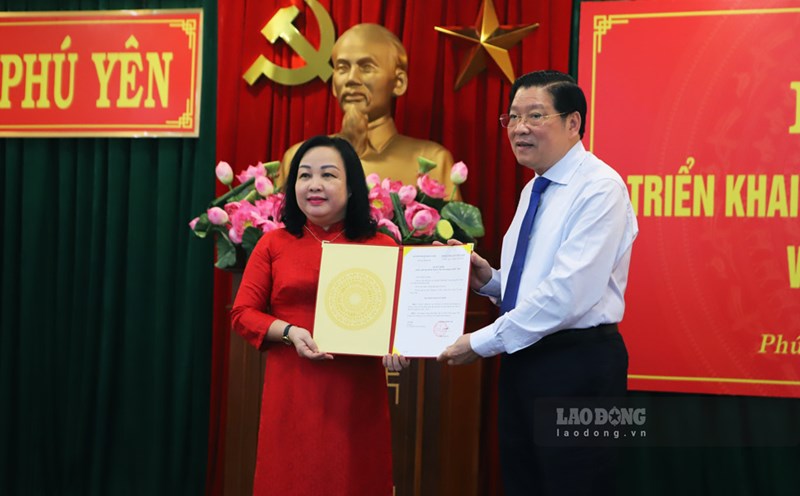
People's Bank of China continues to buy gold
The People's Bank of China (PBoC) has expanded its gold buying chain for the fourth consecutive month.
Ray Jia - Head of China Market Research at the World Gold Council (WGC) said: "The PBoC bought an additional 5 tons of gold in February, bringing China's total official gold reserves to 2,290 tons - the highest in history, accounting for 5.9% of total foreign exchange reserves".
In the first two months of 2025, China added a total of 10 tons of gold to its reserves.
Gold price in China surpasses international gold price
Ray Jia said that gold prices continued to increase globally in February, but the increase in China was stronger.
He explained: "RMB gold prices are rising more strongly than USD gold prices, mainly due to a 0.5% depreciation of the domestic currency during this period."
Although gold prices have adjusted down in the second half of February, they have continuously set records, with 11 times breaking the peak in USD and 6 times in RMB. According to WGC's analysis, this upward trend is mainly due to the market's upward momentum, falling bond yields and a weakening of the USD.

Capital flow into gold ETFs hits record
Investment in gold ETFs in China hit an all-time high in February. "Gold ETFs in China have attracted 14 billion RMB ($1.9 billion), the largest monthly inflows ever," Jia said.
As a result, total assets under management (AUM) of Chinese gold ETFs increased to 89 billion RMB ($12 billion), also a record high at the end of the month. Total gold held by ETFs increased by 21 tons, reaching a record of 131 tons.
Jia noted that the strong breakthrough in domestic gold prices, especially on January 5 when investors returned after the Tet holiday, has attracted a lot of attention. He also mentioned concerns that the trade policy of the Donald Trump administration may have boosted safe-haven demand.
seasonal retail demand decreases
In February, demand for wholesale gold decreased due to seasonal factors, with the amount of gold withdrawn from the Shanghai Gold Exchange (SGE) falling 28% compared to the previous month, down to 90 tons.
Jia explained, "This is a common situation after Tet, when wholesalers and gold producers have hoarded goods before the holiday. Over the past 10 years, except for 2023, when demand was suppressed by COVID-19, gold withdrawals in February have always decreased by an average of 41% compared to the previous month".
This narrowed the gold price gap between Shanghai and London. However, he warned that wholesale demand remains weak compared to the same period last year, with a larger decrease.
Jewelry demand decreases, gold investment explodes
The sharp increase in domestic gold prices is weakening the demand for gold jewelry, causing jewelry manufacturers to reduce purchases of raw materials.
Jia commented: "The demand for jewelry by volume is decreasing due to high prices, leading to manufacturers storing less, while they account for the majority of the gold withdrawn from SGE".
In contrast, investment demand for gold remains strong, as many investors are attracted by price increases. However, this was not enough to offset the decline in the jewelry sector, causing the total amount of gold withdrawn from SGE in February to decrease by 29% compared to the same period last year.
Positive economic prospects may support gold demand
The World Gold Council believes that China's economy is gradually improving. According to Jia, the country's manufacturing PMI and PMI both exceeded expectations in February. In addition, new lending in January increased to record levels, reflecting policy stimulus measures to support credit.
" more importantly, the consumer confidence index also increased slightly in January, although the sustainability of this improvement still needs to be monitored," he said.
In addition, China recently set a growth target of 5% in 2025, while launching stronger fiscal and monetary policies, including raising the budget/GDP deficit to 4% and continuing to cut interest rates.
Jia concluded that if gold prices are stable and economic prospects continue to improve, the gold jewelry industry in China may gradually recover. At the same time, investment demand for gold is still likely to remain strong, as investors expect prices to continue to increase and seek safe haven against instability in US trade policy.










